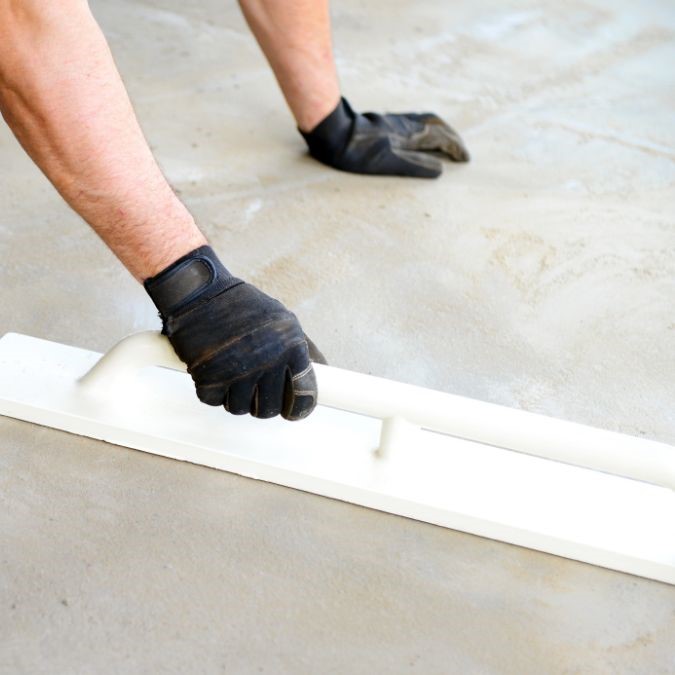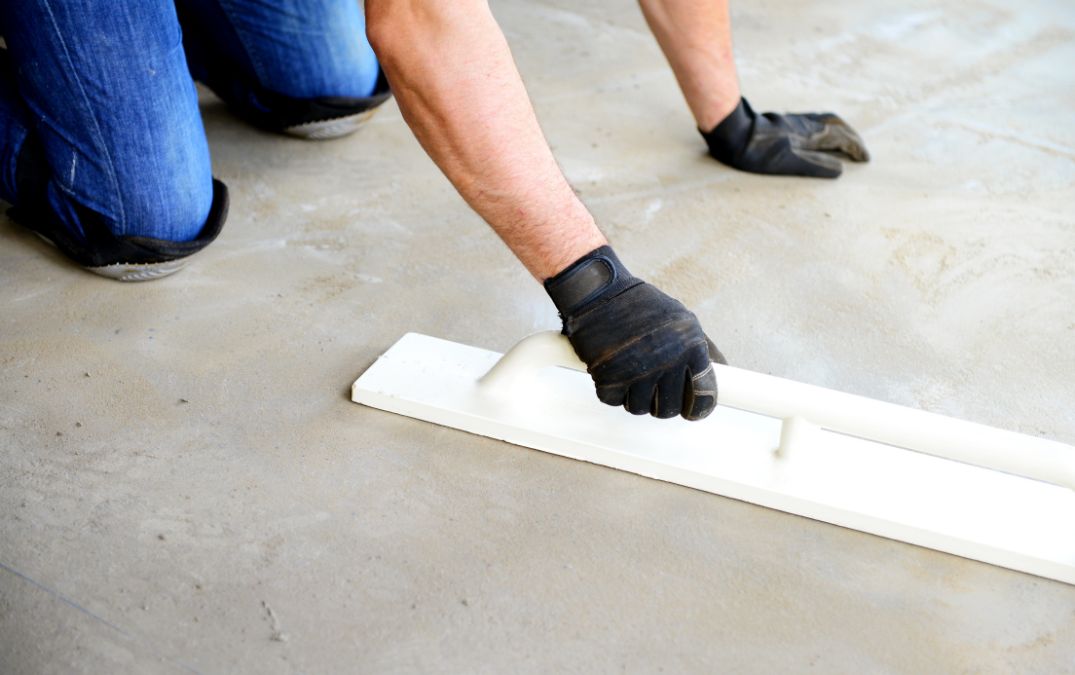Cost to level concrete flooring
If you're going the DIY route then you're obviously skipping the cost of labour which is a huge saving in itself. For a standard self-leveling compound, you're looking at about £15 to £30 per 20kg bag. In the US, that's roughly $20 to $40 per bag. On average, a 20kg bag covers about 3 to 4 square meters, so you’ll need to calculate how many bags you’ll need based on the size of your floor.
You’ll need some tools if you don't already have them. A mixing paddle for your drill might set you back around £10 to £20 ($13 to $27), and a trowel will cost about £5 to £15 ($7 to $20). If you need to buy a straight edge and a level, that's another £20 to £50 ($27 to $67). So, for a medium sized room, you could be looking at a total DIY cost of anywhere from £100 to £300 ($135 to $400), depending on the materials and tools you need.
Now, if DIY isn't your thing and you prefer to leave it to the professionals, the costs can vary quite a bit depending on where you live and the specifics of your job. On average, in the UK, you might pay between £15 to £30 per square meter for professional floor leveling. In the US, this can be around $20 to $40 per square meter. So, for a 20 square meter room, you’re looking at anywhere from £300 to £600 ($400 to $800) for a professional job.

